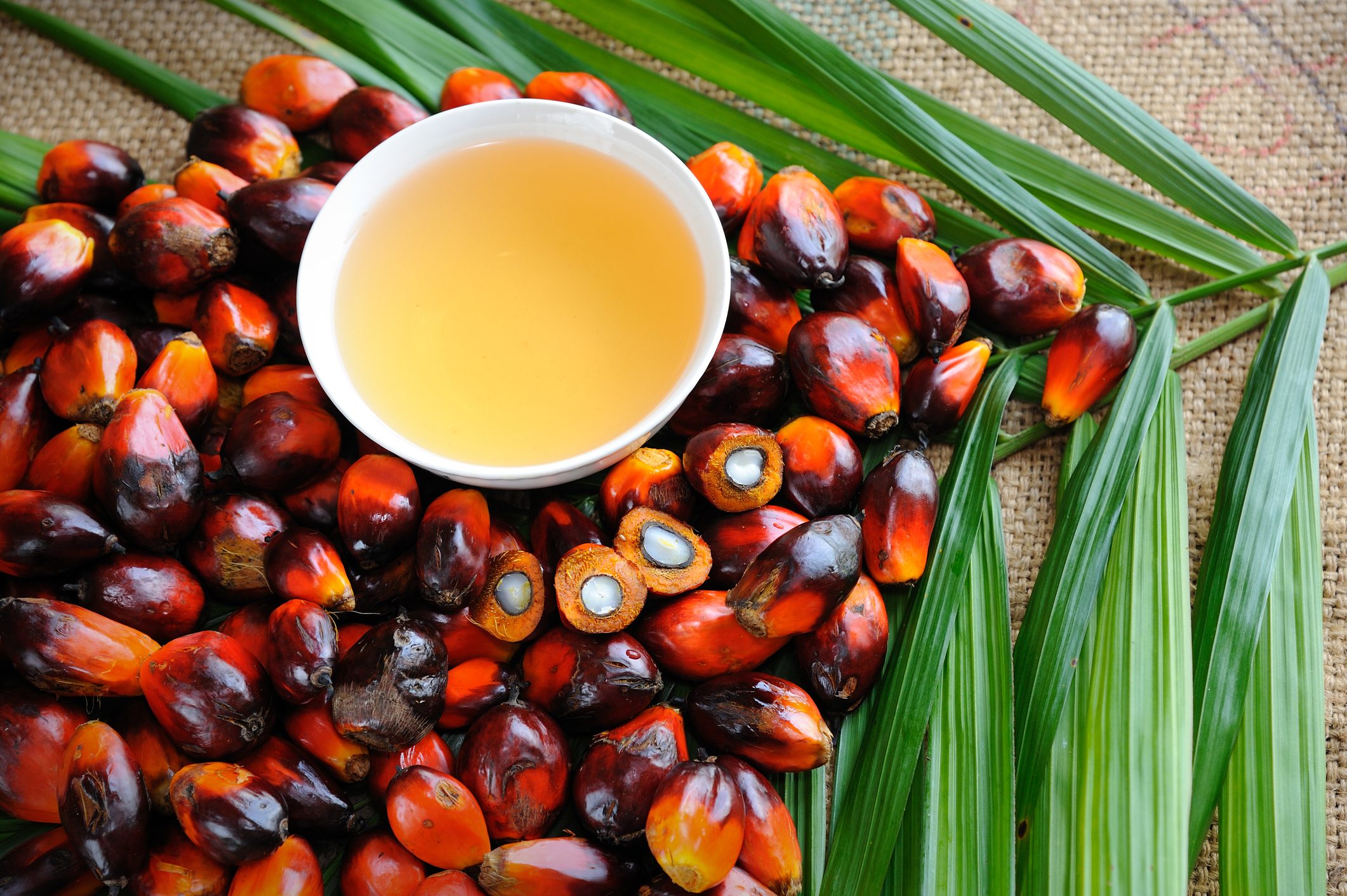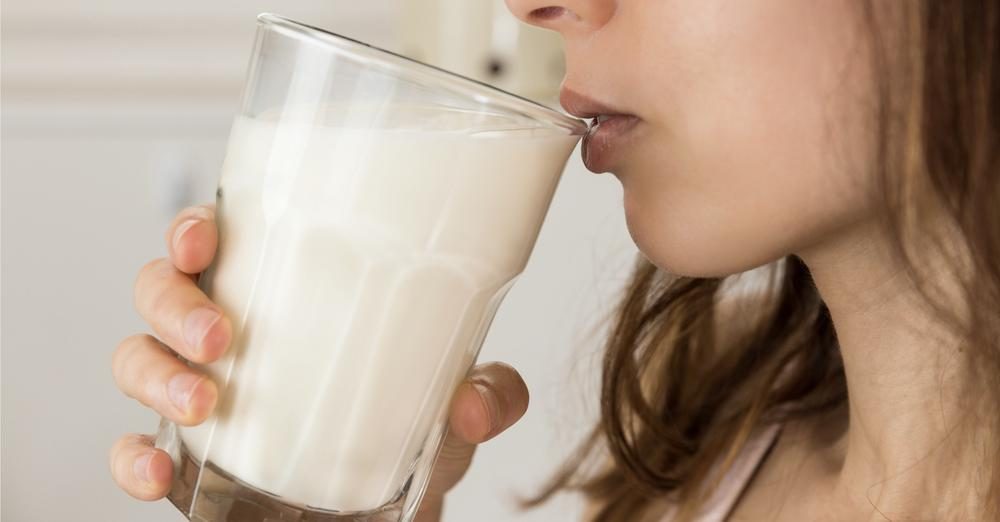5 Popular Myths About Palm Oil Debunked By Experts
Palm oil is commonly frowned against in the food industry for various reasons and one of the most important is its effect on human health. Since its introduction into the US market, palm oil has earned disadvantageous labels like being "unhealthy" and "hazardous." However, most widespread sayings are just myths.
;)
Palm oil is a plant oil that is naturally stable and can remain so at frying temperatures of between 160°C and 200°C. Although it remains in popular use in countries like Malaysia and Indonesia, there are still widespread myths regarding its safety.
Here are 5 such myths and what experts have to say about them:
1. Palm oil has no nutritional value because it only contains fatty acids.
Fatty acids aren't the only constituent of palm oil. The plant oil also contains great amounts of plant antioxidants i.e. carotenoids and vitamin E. It also contains high concentrations of beta and alpha-carotene, that can be transformed into vitamin A by your body, to boost your vision and immunity.
However, nutritionists stress that repeated use of palm oil through frying can deplete the level of these nutrients.

2. Since palm oil does not contain trans fat, all palm oil-based products are good.
Although palm oil doesn't contain trans fat like some other common oils, it still contains substamtual amounts of saturated fat. So, it should be consumed in moderate quantities.
Again, you must keep in mind that repeated use of palm oil at extremely high temperatures can produce unhealthy compounds like free radicals and also lower its nutritional value.
Therefore, experts recommend consuming a healthy mixture of different oils, alongside palm oil, in moderate quantities and using appropriate cooking methods.

3. Palm oil contains trans fat sInce it is used to make margarine.
Although this may seem like logical reasoning, it is not factual. Trans fats are created from the hydrogenation of unsaturated fats, which are most commonly found in plant oils. Margarine is made through this process but if its parent oil is palm oil, then it is free of trans fat, known to increase bad cholesterol levels.
That's because unlike most other margarine products that contain trans fat, margarines made from palm oil don't require hydrogenation as the oil is naturally semi-solid at room temperature.
4. Palm oil becomes toxic when it is used to fry food.
Palm oil possesses a substantial level of stability and remains so at frying temperatures within a temperature range between 160°C and 200°C. Thanks to this great stability, palm oil can be used to bake or fry foods within this healthy range. Furthermore, the plant oil has a long shelf life because it can resist oxidation that causes rancidity at high temperatures.

5. Palm oil and its products are unhealthy because they contain a high amount of saturated fat.
Although palm oil contains a higher amount of saturated fat than other plant oils, it doesn't make it completely unhealthy. It contains mono-unsaturated fats and small amounts of polyunsaturated fats, which are considered “good” fats because they help improve blood cholesterol levels and lower your risk of heart disease.
Therefore, many nutrition experts believe that palm oil has a near neutral effect on health and cholesterol levels.
Do you use palm oil in your home cooking?
;Resize,width=767;)
;Resize,width=712;)
;Resize,width=712;)
;Resize,width=712;)
